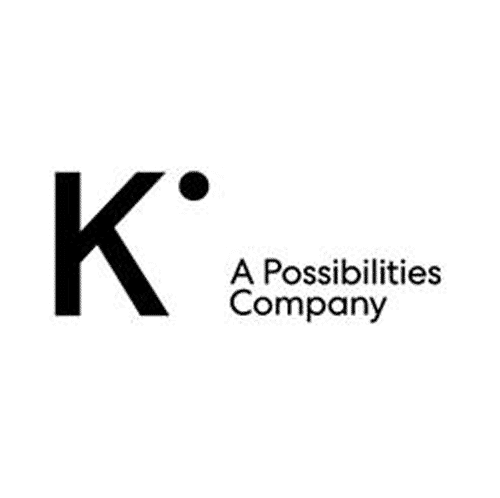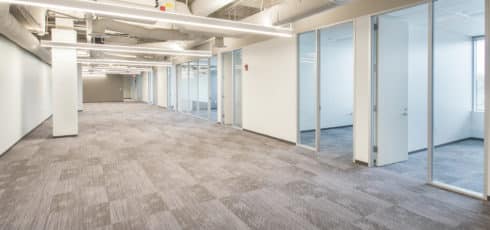Creating a visual marketing strategy for your property can be an overwhelming task. When choosing a visualization firm to work with it’s important to have a creative agency that understands the big picture and can easily guide you through this complex process. Above all, they must be able to identify the ways your project can stand out in the current competitive landscape.
Read Next: The Ultimate Guide to Commercial Real Estate Marketing
A good creative agency will reach your audience, hold their attention and inspire delight. In order to do this, understanding the process and the work that goes into the details is important.
In this article, we will discuss six things you should consider when working with a visualization firm to produce renderings for your commercial property.
1. Should the images include people/entourage?
Knowing when and where to place people in your designs is important.
Kilograph’s Senior Art Director, Fredy Castellanos, has said, “Entourage is your visual guide, alerting the viewer to the story or feelings you want to convey. Sometimes that story is one of usage, an explanation of how someone interacts or moves about a space. Other times, it’s a bit more abstract. Whatever the direction, the art of entourage is really a study of composition, conditioning, and narrative. The more you know about each topic, the better your visualization will turn out—especially when you have a complicated brief.”
There is often a strong case for placing people in your renderings, but we also understand that there are times when you might want to let the architecture and design speak for themselves.
To help answer whether or not to include people, address the following questions:
- Who is your audience?
- What aspect of the image are you showcasing? Is it the lifestyle? The architecture? The interior design?
- What is the narrative of the space?
- What mood would you like to evoke?
- How specific are the people and their wardrobes? (This will help determine if you can use stock people or need a custom photo shoot.)
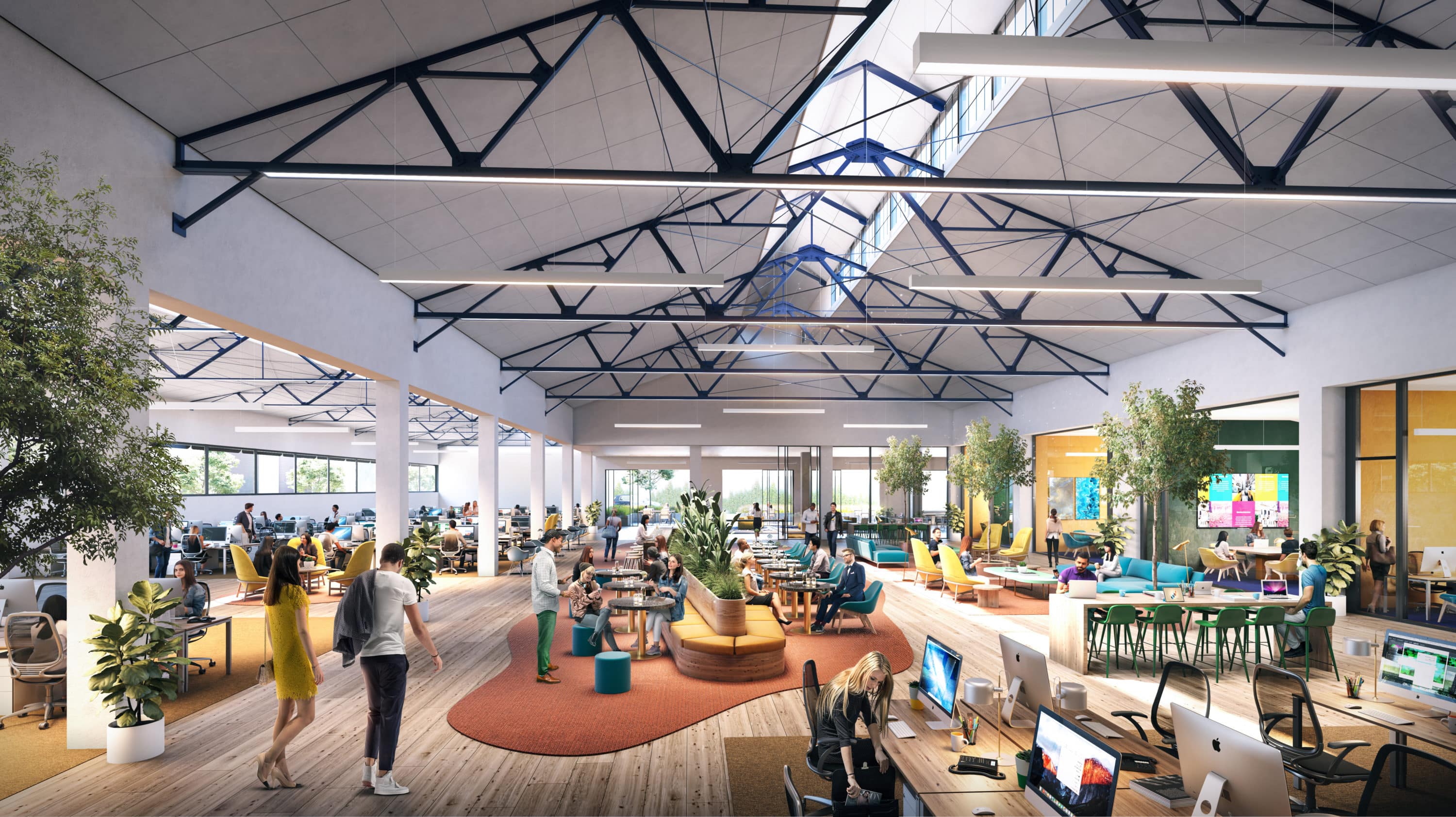
Client: Bestor Architecture, Project: Soundstage
In the example above, entourage was added to show the usage of this creative office space, and the use of colorful attire and a younger age group helped set the tone of who will be using this space.
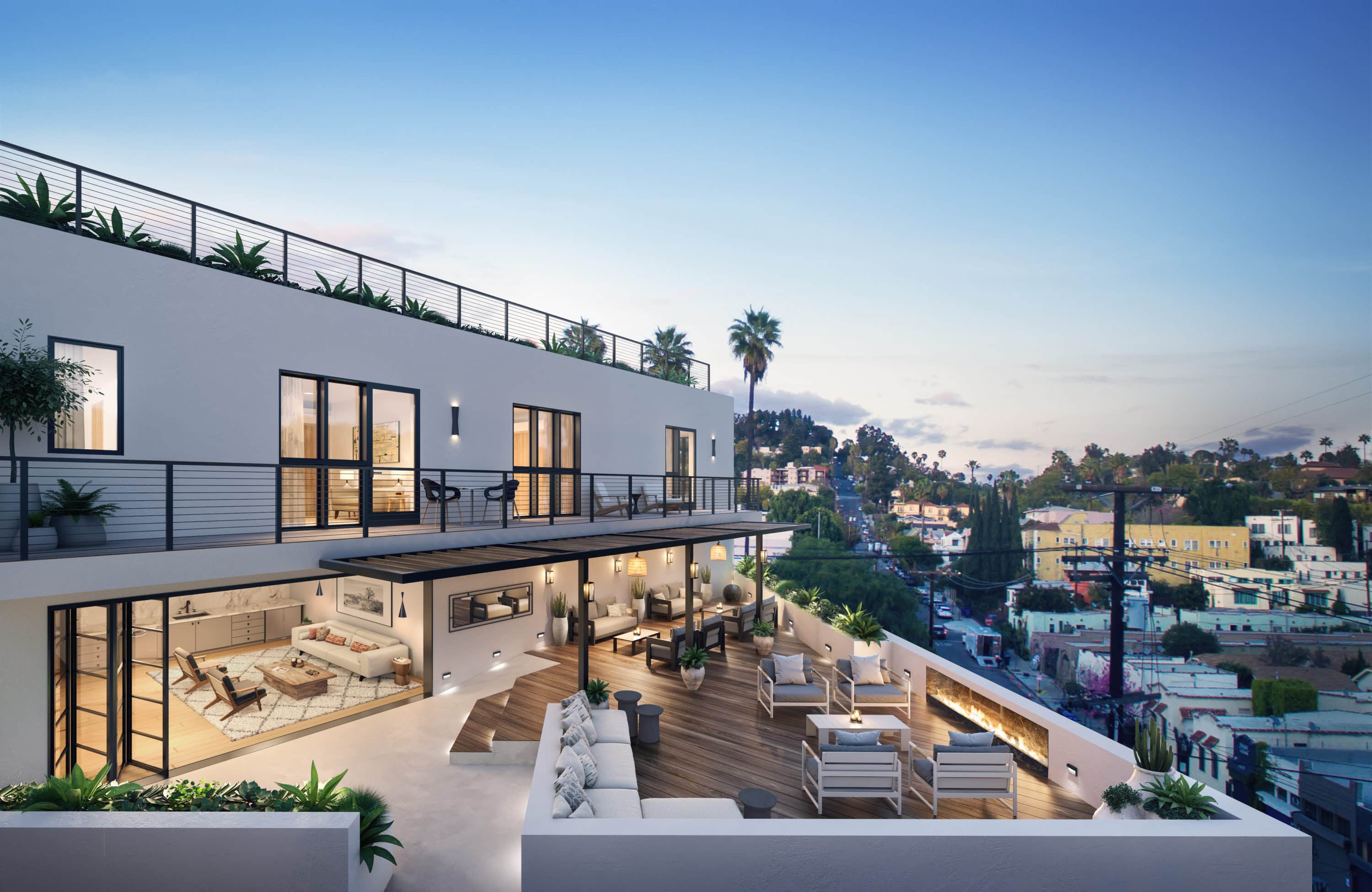
Client: Barth Partners, Project: Vica Silverlake
This image is a residential lounge, the clean design speaks for itself and should be the focus.
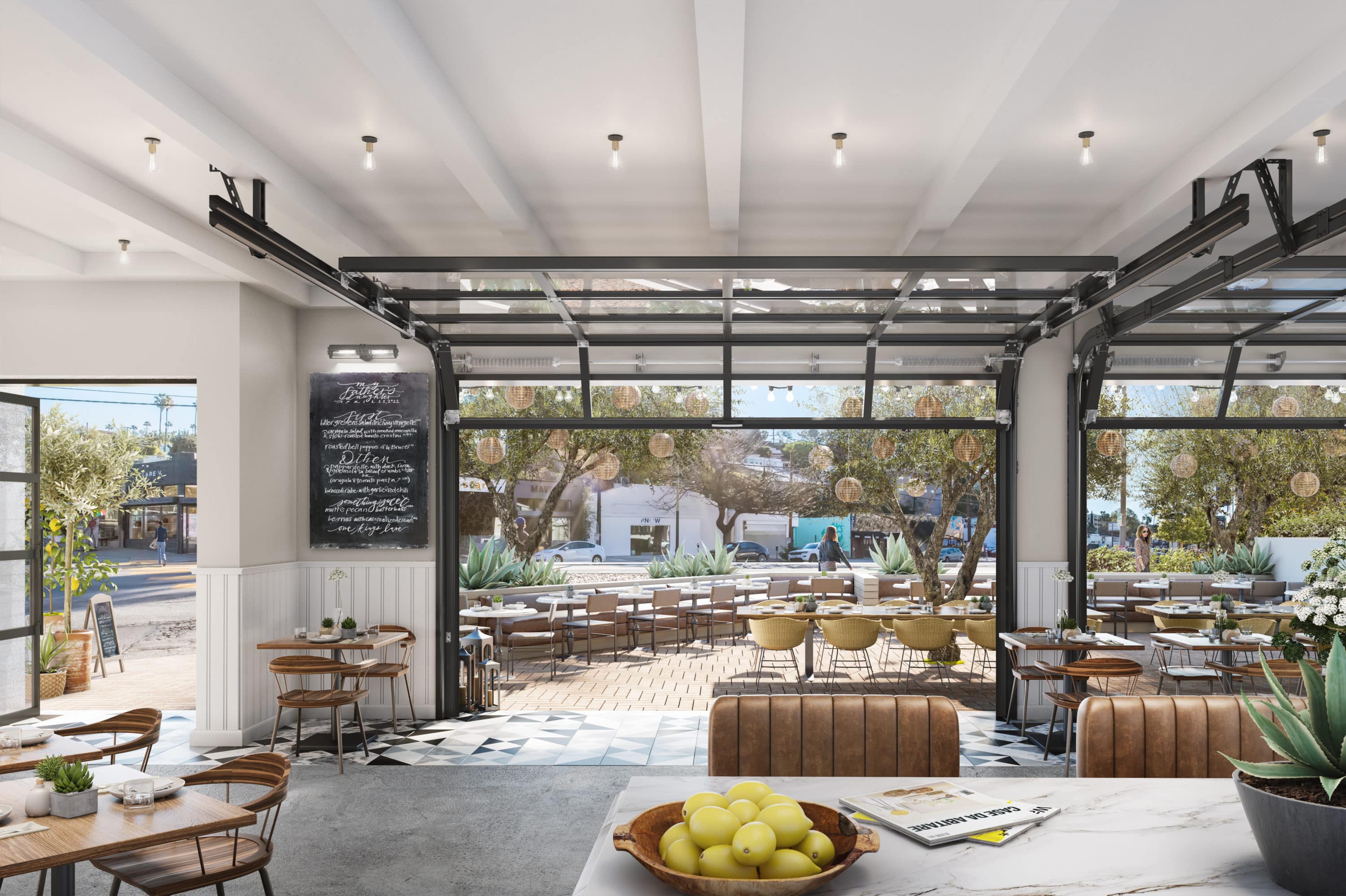
Client: Barth Partners, Project: Vica Silverlake
This view is the retail area from the same residential project. Entourage could have been included to show usage, but it was decided to keep the focus on the design, ensuring continuity. We did add background people to show scale and movement.
2. Does your project require interior or landscape design?
Does your project require styling of the interior space or landscape design on the exterior? Is there any layout or interior design that has been developed? If yes, interior design or landscape plans for each area should be provided to your visualization firm, so that this look and feel is correctly represented.
If not, some firms (like ours) have interior designers and architects in-house that can create interior design and landscape layouts based on our knowledge of your project. Having a multi-disciplinary focus is key when working with complex architectural elements. A creative agency must work as a translator who enhances the vision of this project’s future.
The design of the interiors and exteriors will often depend on what tenant you would like to attract. Is it a creative agency? Professional services firm? Do they care about employee wellness and outdoor time?
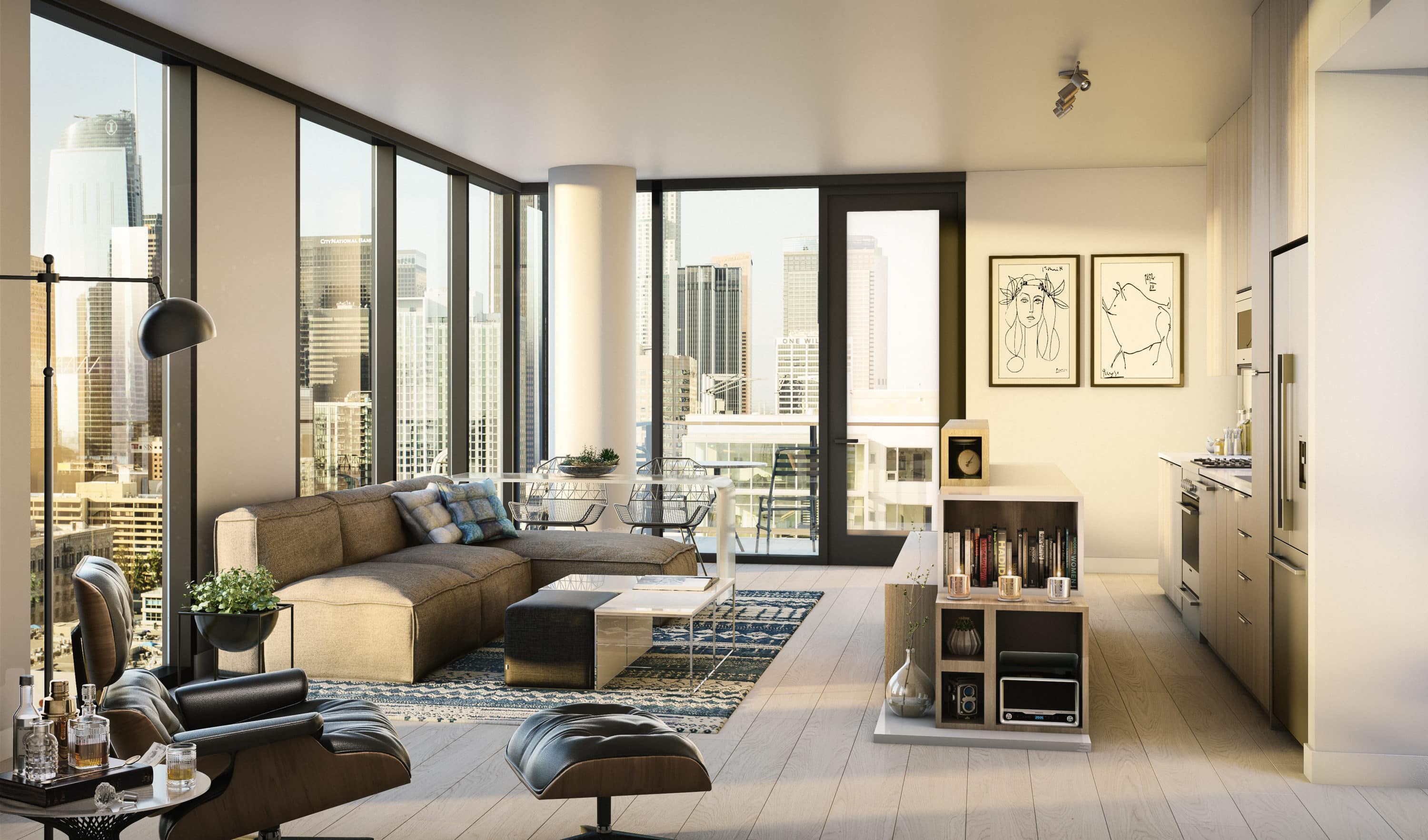
Client: Uncomn / Mack Real Estate, Project: AVEN

Client: Uncomn / Mack Real Estate, Project: AVEN
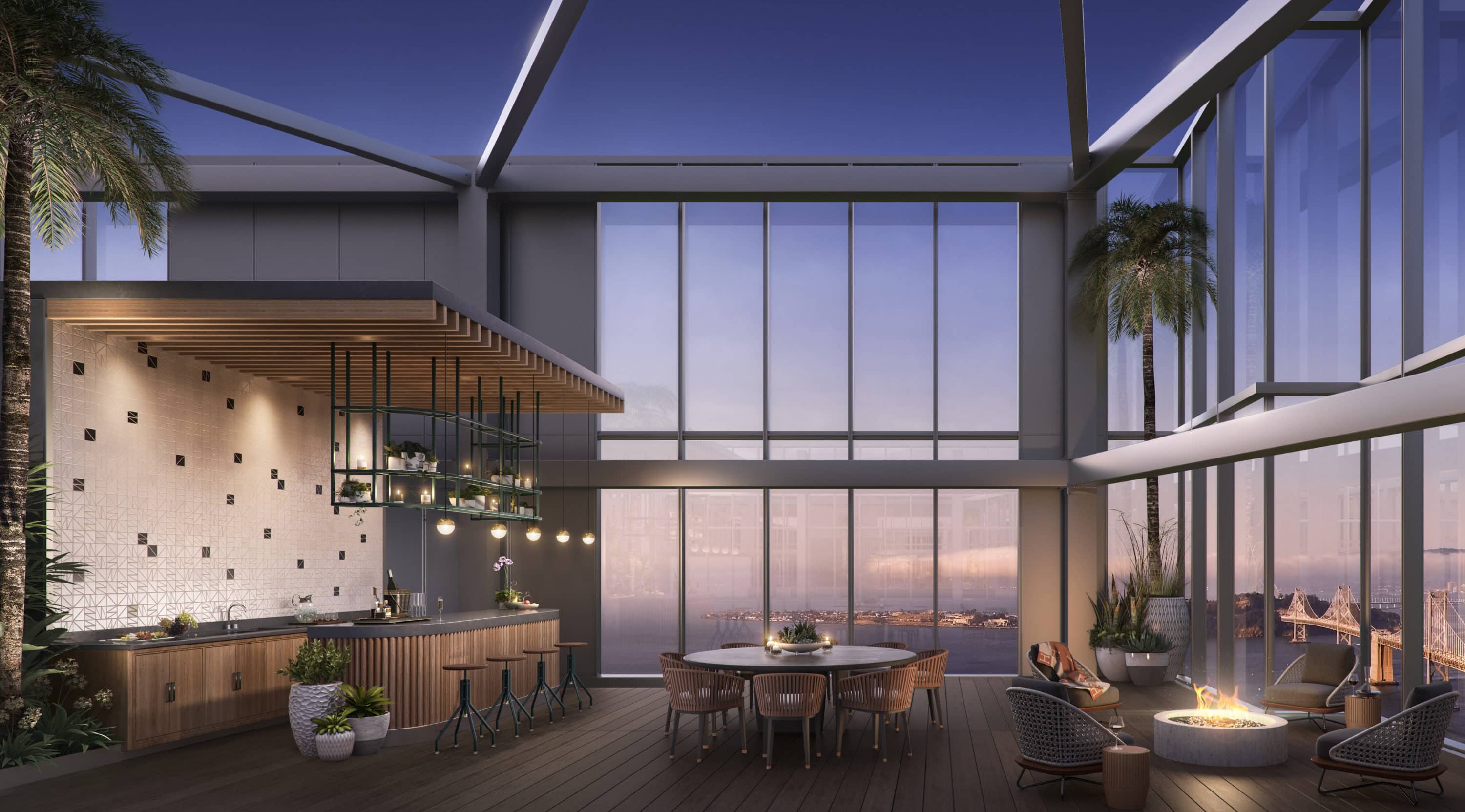
Client: Related California, Project: The Avery
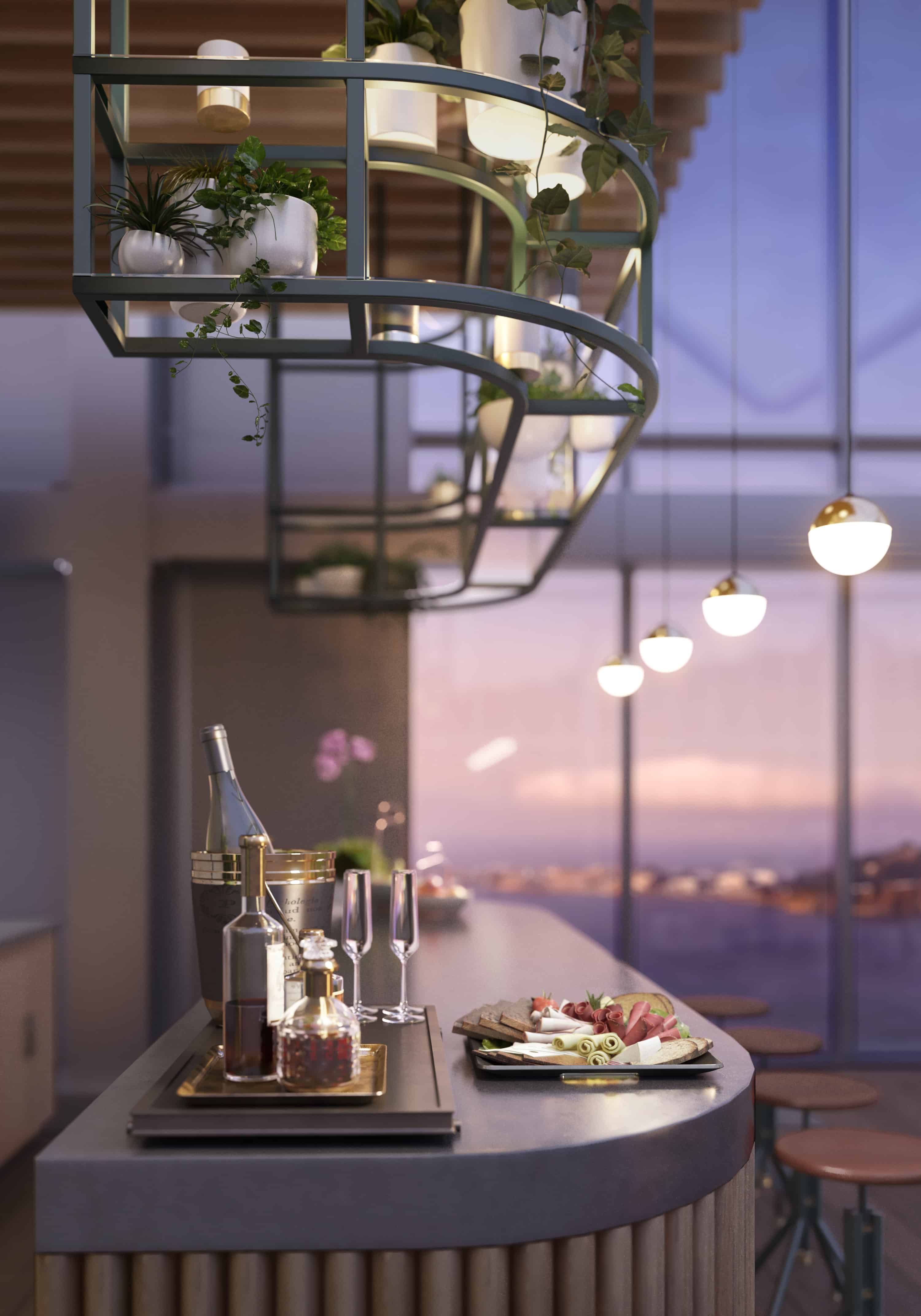
Client: Related California, Project: The Avery
With the landscape, it is also important to determine the time of year the image will be set in. Do you want to position the building as warm and inviting? It may make sense to have the setting be in the fall or winter. Do you want to position it as open, bustling, and cheery? This may mean you would like to showcase the landscape in spring and summer.
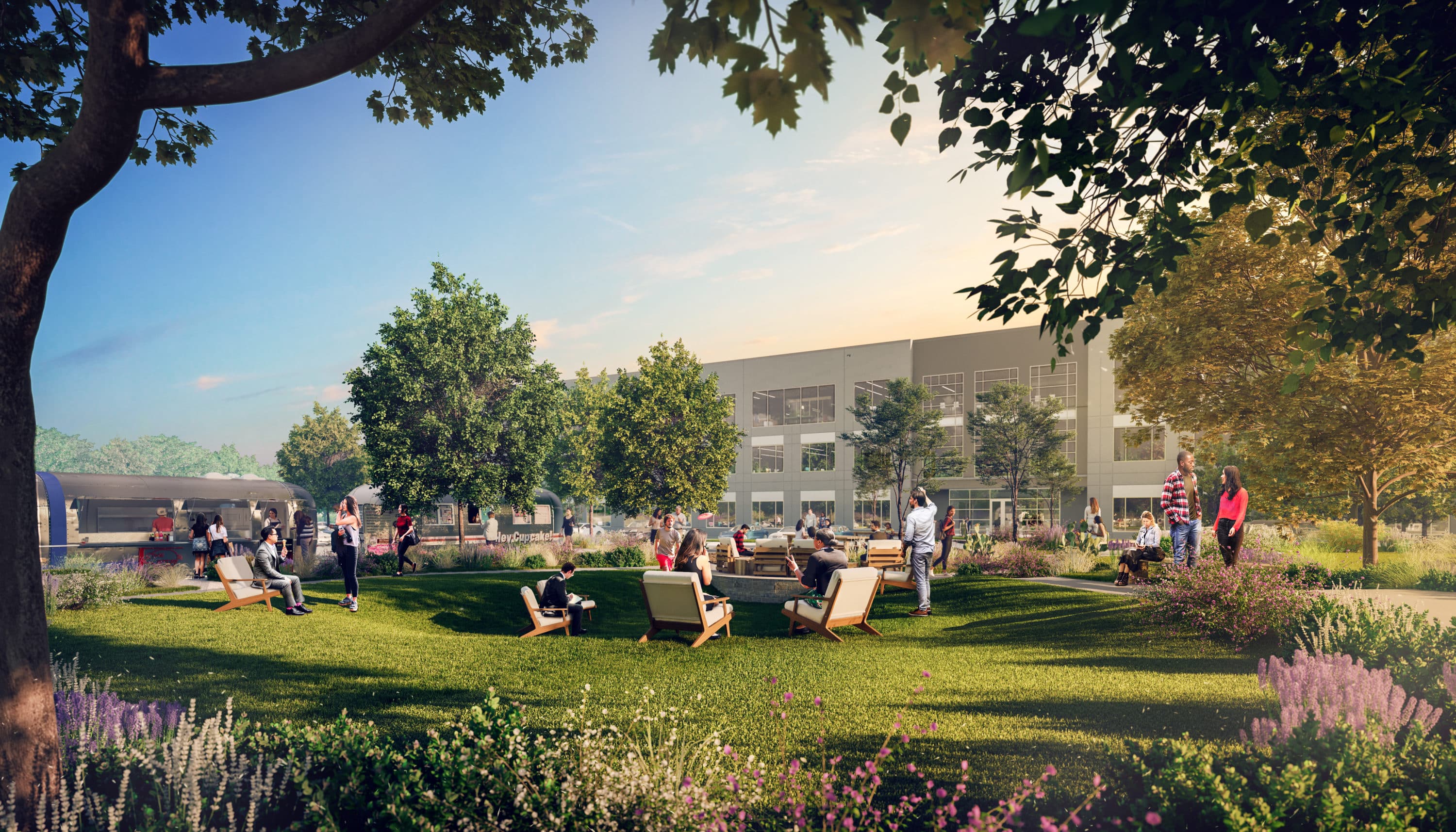
Client: Stream Realty, Project: Paloma

Client: Palisdates / mad architects, Project: The Gardenhouse
Read Now: 5 Best Firms for Photorealistic Renderings of Commercial Real Estate Developments
3. Will you use background photography or computer-generated context?
How you will represent the context of your new project? Will the views require photography in the background? Or will it be fully computer-generated (CG)?
Developing a full context in CG is an endeavor, but it allows for more control over the environment. Using photography allows for a hyperreal look and feel.
Example of photo context:
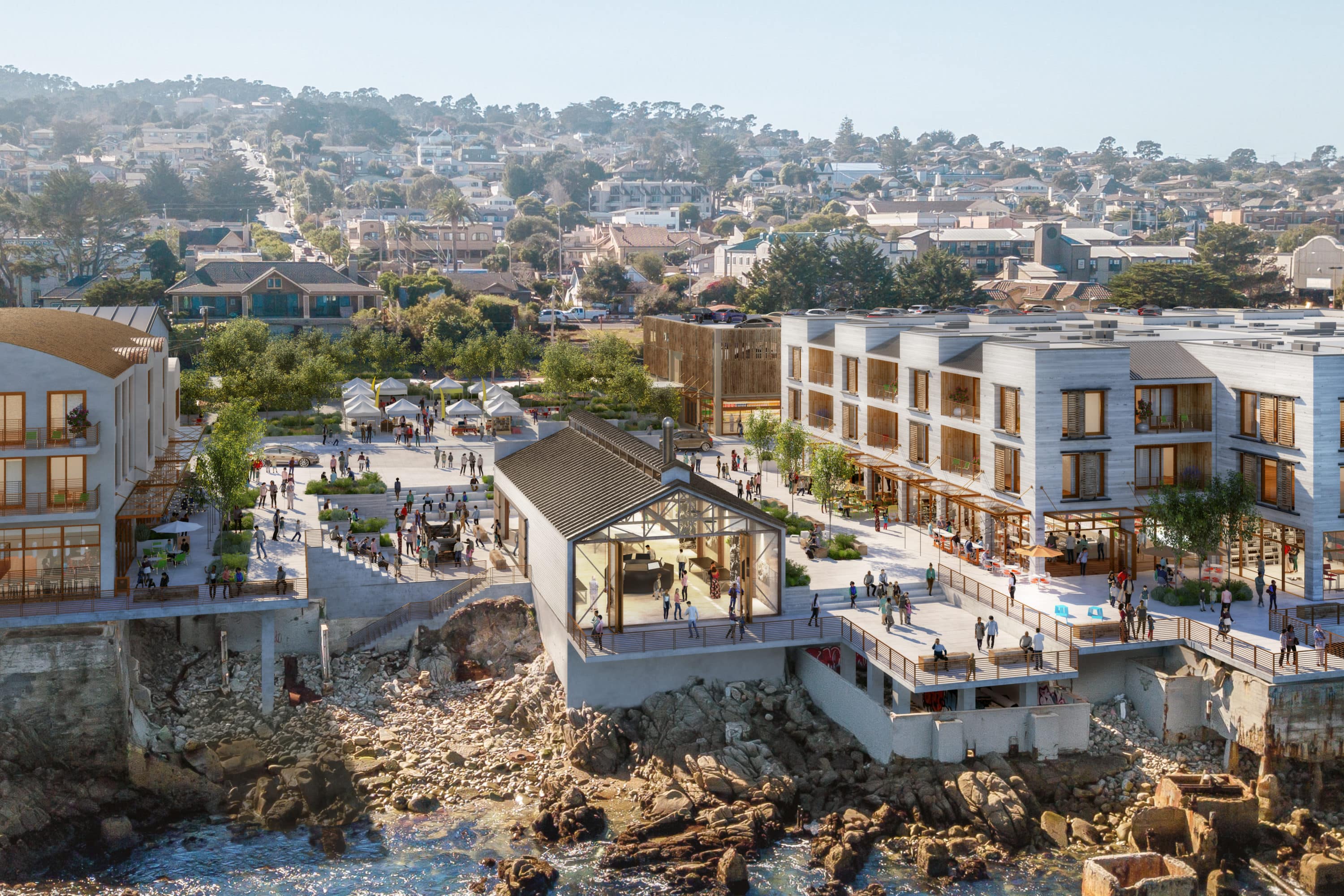
Client: HKS, Project: Ocean View
Example of CG context:

Client: Hickok Cole, Project: Pike & Rose
There is also a question of the view. Do you want a pedestrian eye-level view, an elevated view or an aerial view? The latter requires either drone or helicopter photography, depending on the amount of context the audience must see. For example, large masterplans usually require helicopter photography. Most often, a drone photograph suffices.
Kilograph has an FAA-certified drone pilot in-house who helps take photographs and consults when other parties are taking the shots for aerial photography.
Aerial View:
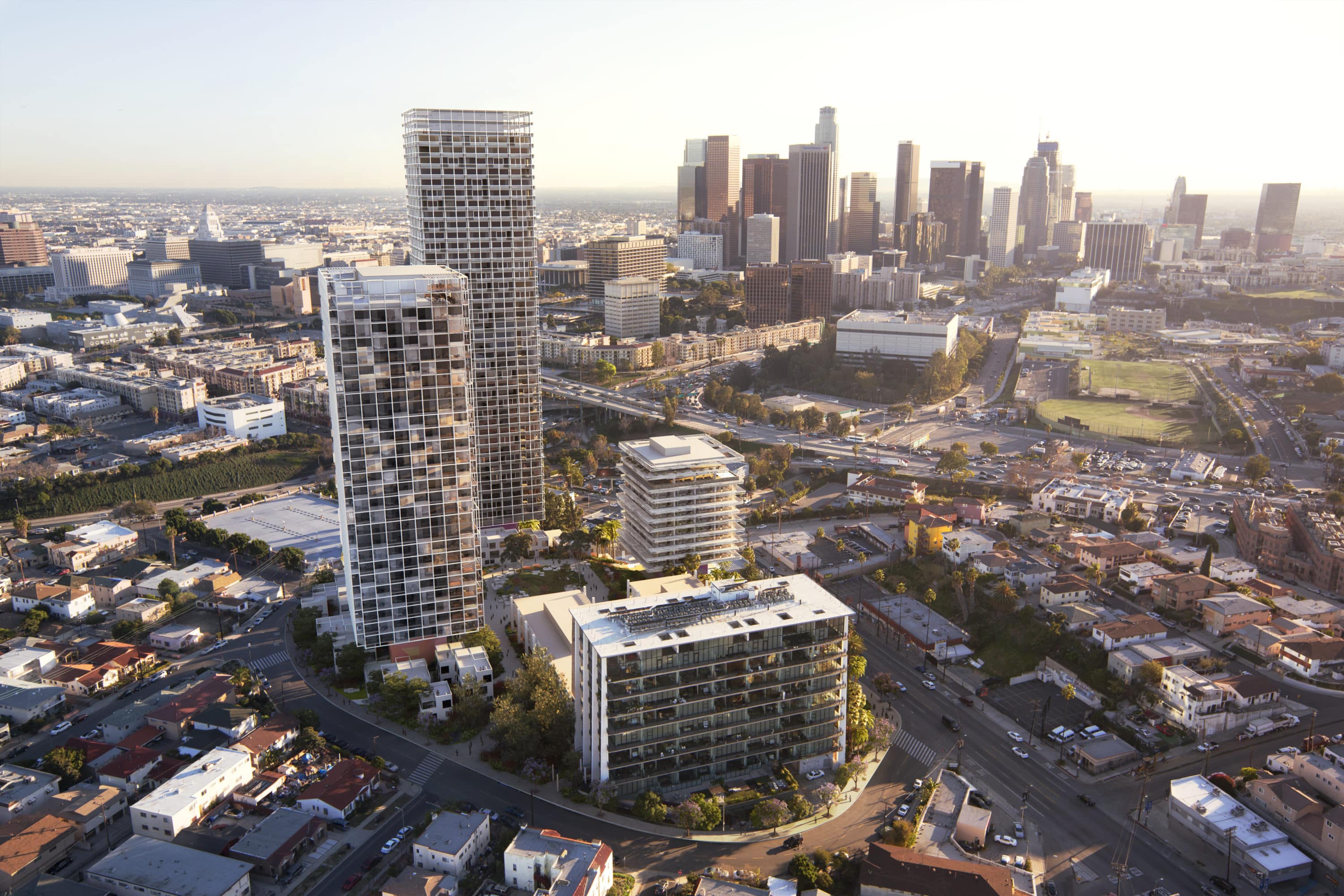
Client: SOM, Project: 1111 Sunset
Elevated View:

Client: SOM, Project: 1111 Sunset
Eye-Level View:

Client: SOM, Project: 1111 Sunset
4. What time of day?
In addition to setting, it’s important to consider the specific time of day you want to set for each of the images. Having the correct time of day helps define the mood of your image. This is also determined by the usage of the space.
A good example is office space versus a bar. It is best to show office space predominantly in daylight, as traditional office hours are during the day, lending itself to the narrative of the space. Whereas a bar would be best shown in the early evening.
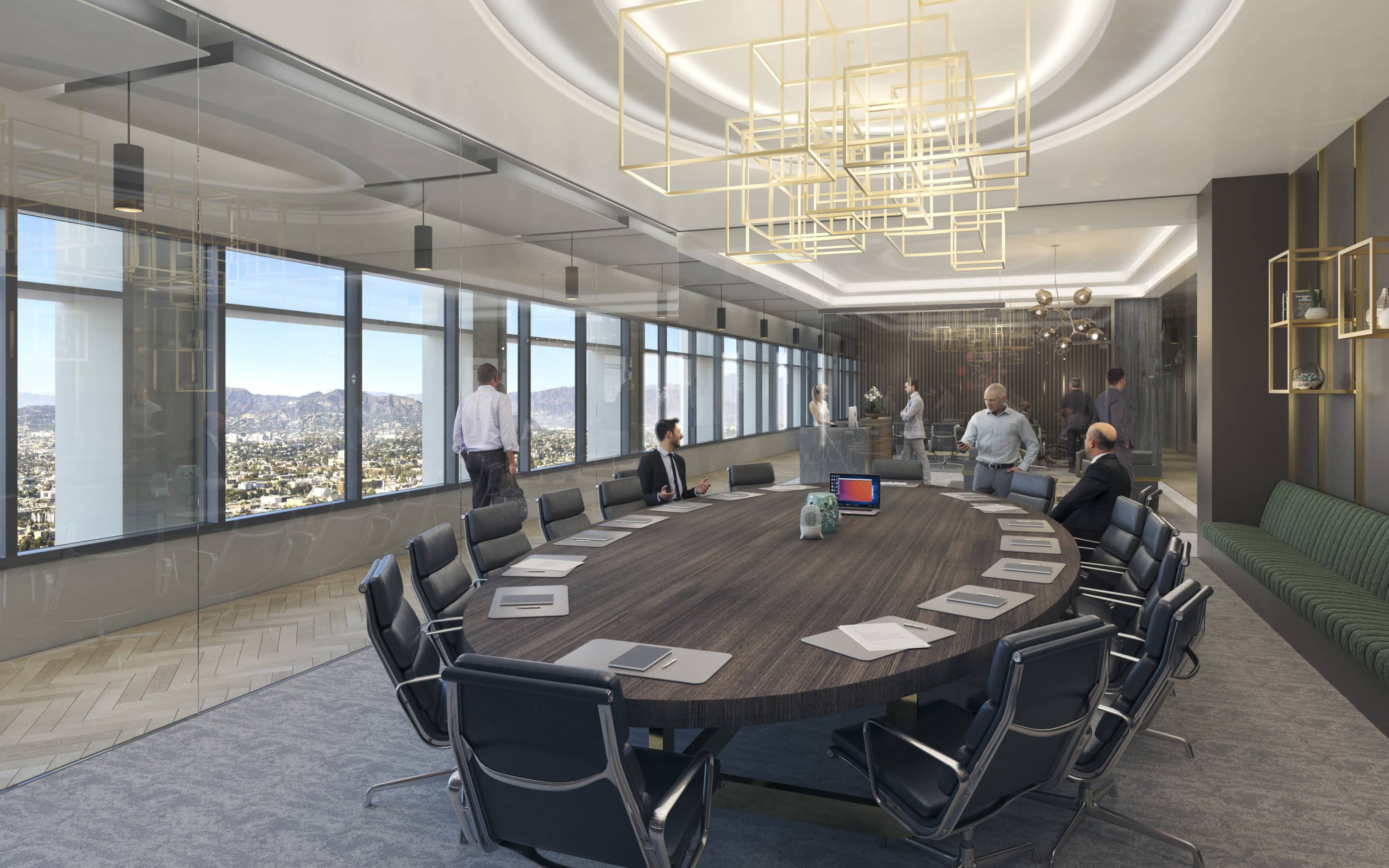
Client: KBS / Cushman & Wakefield, Project: Union Bank Plaza
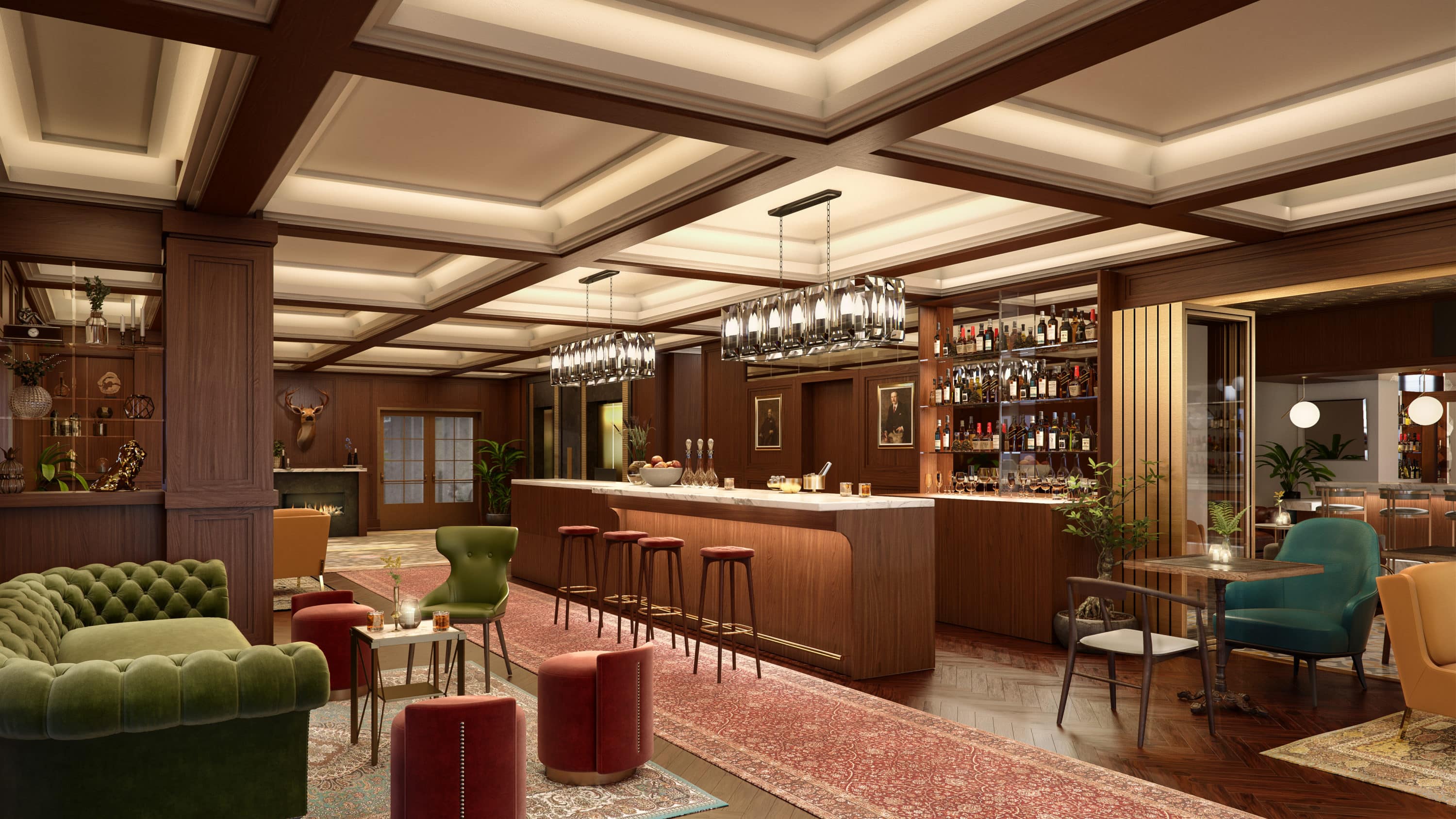
Client: Suaya Properties, Project: Whiskey Hotel
5. What Information will you need to start?
Before you can get a rendering, or many times even a bid, there are often materials the visualization firm will need. Specifically, the materials that are needed include:
- A Final 3D Model (if you have one)
- Plans/Drawings (this helps us confirm the model or are required to model the project from scratch )
- Material References Palette
- Landscape Specifications
- Reference Photography/Moodboard
- Interior Styling Plan/Layout
- Specifications for any asset that needs to be custom modeled (art pieces, custom furniture, etc.)
You can usually get most or all of these assets from your architect.
6. What other assets would you like to produce in addition to still renderings?
There is a range of visual materials other than still renderings that multi-faceted firms like Kilograph can create when rendering a project. These include still renderings, but also 360-degree panoramas/virtual tours, animations, and immersive virtual reality experiences.
Questions that help define this are:
- How will you be presenting this material?
- Who is the audience?
- How technology-focused is the audience? How technology averse?
- What are the industry standard marketing materials for the project?
It’s often helpful to plan for these on the front end of the project as there can be cost savings to bundling these together.
Kilograph works with our clients to craft a range of marketing campaigns that incorporate a custom mix of the above based on the project. We can further enhance this visual identity with brand identity development, marketing collateral design, web development, signage design, and interactive leasing apps. All these pieces work together to craft a strong marketing strategy that represents the future of your project and inspires, delights, and attracts future tenants.
To continue learning about marketing your commercial property, check out these articles:
- 5 Best Firms for Photorealistic Renderings of Commercial Real Estate Developments
- 9 Best Commercial Property Websites
- 10 Best Examples of Commercial Real Estate Video Marketing






